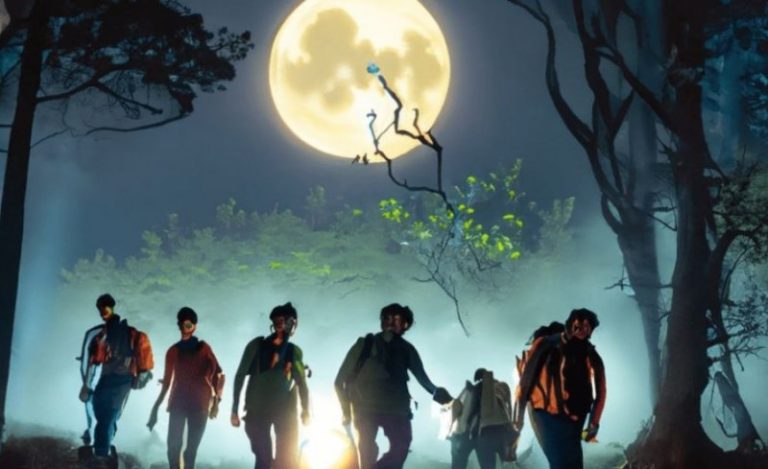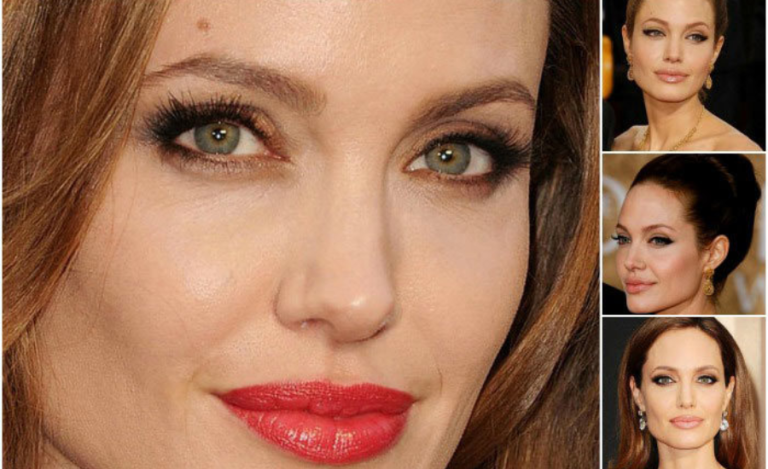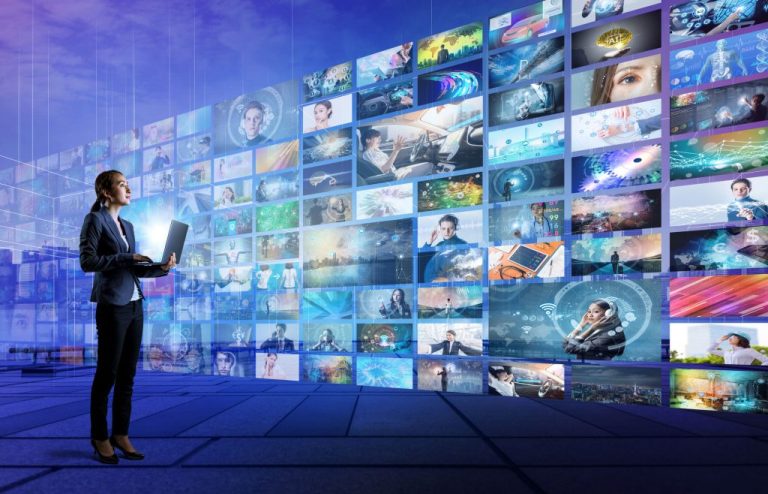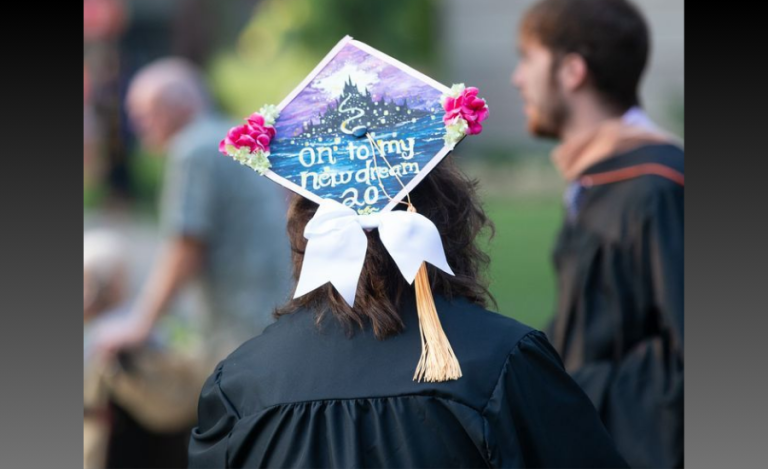Unveiling 90s Rave Fashion: A Journey Through Colourful Chaos

The 90s Rave Fashion scene was a vibrant explosion of creativity and self-expression that accompanied the rise of rave culture. This iconic era saw a fusion of electrifying music, neon-bright colours, and unconventional clothing styles. From baggy pants to fluorescent accessories, 90s rave fashion was a rebellious celebration of freedom and individuality. In this article, we’ll take a journey through this mesmerising period, exploring its history, key fashion elements, and how its influence continues to resonate in modern fashion and pop culture.
The Birth of Rave Culture
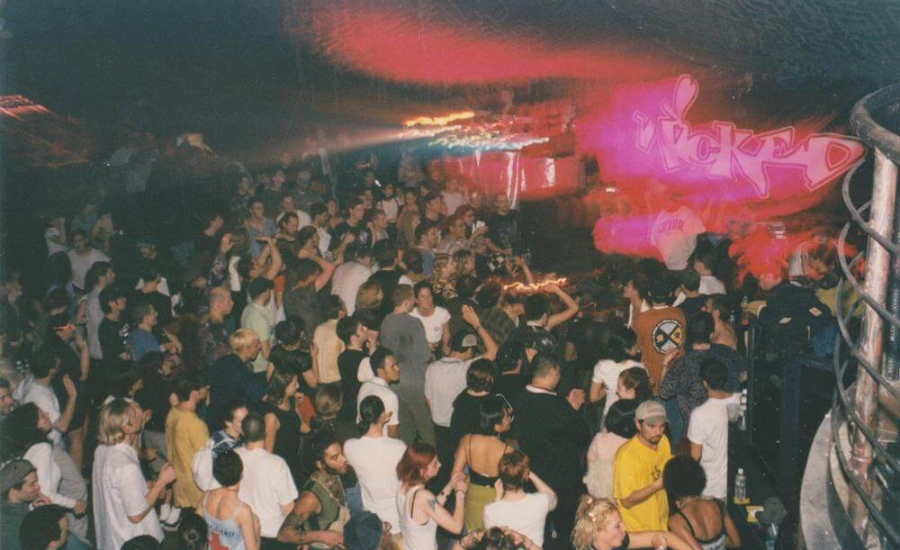
Rave culture emerged in the late 1980s as a dynamic response to the evolving music landscape. Originating primarily in the United Kingdom, it began with underground gatherings characterised by electronic music, notably house and techno, generated through synthesisers and drum machines. These events, often held in warehouses or open fields, were initially known as acid house parties.
The term “rave” itself gained prominence in 1986 when these gatherings started to attract attention from law enforcement due to their association with illegal activities. Interestingly, the word “rave” comes from “rave-up,” a British slang phrase signifying an energetic effort or a wild celebration.
As the culture evolved, it embraced various genres of electronic dance music, and the once-subversive movement shifted towards mainstream acceptance. Rave culture’s history is a testament to its resilience and adaptability, making it a significant chapter in the cultural and musical evolution of the late 20th century.
Rave’s Musical Diversity

Musical diversity is a hallmark of rave culture. It spans several electronic dance music genres. Raven culture has been a hub of musical experimentation, from techno’s throbbing beats to house’s soulful rhythms, drum and bass’s frenzied tempo, and trance’s hypnotic melodies.
This diversity in music appealed to many tastes and made rave global. Rave’s musical journey continues to adopt new genres and subgenres, making it a dynamic force in electronic music.
90s Rave Scene Style and Clothing
The 90s rave scene was a kaleidoscope of style and clothing that perfectly complemented the electrifying atmosphere of the parties. Here are some key elements of 90s rave fashion:
1. Neon and Fluorescent Colours: A Dazzling Palette
One of the most defining features of 90s rave fashion was its vibrant and fluorescent colour palette. Ravers embraced neon greens, pinks, oranges, yellows, and electric blues. These colours weren’t just fashionable; they were essential for creating a surreal and mesmerising spectacle on the dance floor. Under the pulsating blacklights and strobe lights of a rave, these hues seemed to come to life, adding to the overall visual ecstasy of the event.
2. Baggy Pants and Crop Tops: Comfort Meets Expression
Comfort was a priority for ravers who danced the night away, and baggy pants became the go-to choice. These loose-fitting trousers allowed for unrestricted movement, making it easy to dance freely to the pounding beats.
For both men and women, crop tops were a popular choice. These shirts, often adorned with neon prints or quirky patterns, showcased a sense of liberation and a carefree attitude. The combination of baggy pants and crop tops created a playful and gender-neutral fashion statement.
3. Rave Visors
Sierra Pippen’s wealth is unknown. It is not estimated or frequently mentioned in the media. However, let us focus on her famous father, Scottie Pippen. His fortune is $20 million as of 2023.
Celebrity family members like Sierra often keep their finances private. Focus is frequently on the headliner. Sierra is part of a wealthy household with Scottie Pippen as her father.
4. Shoes
Let us revisit ravers’ footwear. Raves’ shoe collections reflected their music and dance tastes, with each step conveying a story.
They wore track shoes for aggressive dance styles including shuffling or grooving to drum and bass. Adidas and Puma were the go-to brands for dance floor comfort and support.
However, not all ravers danced. Some were there to make a dramatic fashion statement like their beats. Wild shoes and boots were all about these fashion-forward ravers. Think neon-coloured Doc Martens and platform shoes. They lit up the night with their vivid boots, making a style statement as exciting as the music.
Thus, ravers’ shoes were a kind of self-expression and a sign of their music scene. Their shoe selections were part of rave culture, whether they loved dancing or fashion.
5. T-Shirts
In 90s rave culture, the smiling face shirt was the most popular fashion item. The sign could not be avoided, and it still reminds us of rave culture’s lively history.
What is remarkable about this shirt? Not merely a fashion statement. The happy face shirt references acid house, which started rave culture in the 1980s. It is like wearing music history.
That smiley face became synonymous with acid house’s happy and frenetic sounds. It symbolises unity, happiness, and electronic music love. The kicker—it is not old. The happy face shirt still connects ravers of all ages.
When you see that classic smiley face shirt, realise that it is a symbol of a musical movement that changed culture. The essence of rave culture carries on on dance floors with sounds, lights, and smiles.
6. Jeans
Jeans at a rave now? That is hard to spot. Comfort and functionality are equally important as fashion progression. Over the past two decades, jeans have become tighter, which can be uncomfortable, especially in the heat of the moment. After all, raves raise the temperature.
Let us look back at why raves in the 1990s had jeans. Back then, raves were underground, spontaneous, and non-traditional. In this world, music, dancing, and other activities were illegal.
Imagine getting to a rave on public transit. Fluffies and a neon wig might have been out of place in that situation. Like a beacon signalling, “Attention, police: follow me straight to the illicit activities.”
Back then, wearing jeans was a method to blend in, stay low-key, and avoid attention. It is fascinating to see how rave culture has changed over time, not just in music and aesthetic but also in how people navigated the atmosphere.
90’s rave fashion women
The late 90s fashion scene was different. It was more about dressing for British weather than gender. It was intriguing how fashion changed throughout time, especially for ladies. They focused on appearing attractive instead of just keeping weatherproof.
The late 1990s saw smaller, more elegant ensembles with sparkles. But do not forget those fluffy boots that were so popular back then. They were certainly divisive fashion choices.
Now that rave fashion is back, things have changed. Neon clothes have returned despite the decline of happy faces. Though the occasional bumbag remains, the fluffy boots have fortunately disappeared.
Regarding women’s 90s rave fashion, rave culture has always been about wearing what makes you feel comfortable and expressive. In the 1990s, fashion shows entered the scene. Attending techno festivals or Coachella has become an opportunity to dress well. Fashion and self-expression are now interwoven.
It is remarkable how raves have always allowed people to express themselves through music, movement, and attire. To answer your question, 90s rave fashion is still popular. Fashion lovers who admire that era’s distinctive blend of comfort and style are still inspired by it.
90s Rave Accessories
Accessories were important in 90s rave culture. These were more than just accessories—they were expressions of one’s personality. These accoutrements were utilitarian as well as stylish.
Imagine us talking about 90s raves. These accoutrements were important to the experience back then. They stood out in the sea of colours and lights as beacons of our identity.
Let us not overlook these items’ utility. Glow sticks and LED bracelets helped us navigate the vast dance floors and discover pals in the exhilaration.
Whether it was neon sunglasses, a bag full of light sticks, or platform shoes, each accessory made our rave experiences memorable. They symbolised a period of self-expression and unity on the dance floor, not just fashion.
1. Pacifiers
Early raves looked to have everything to do with MDMA use, directly or indirectly. Let us be honest—using pacifiers to treat ecstasy’s jaw-clenching side effect was amazing. Practical answer to a common problem.
And guess what? Today’s rave scene still loves pacifiers. They are still popular because they relieve jaw tension and are cute accessories we can not resist. The catch: it is not just for ecstasy users anymore. Candy pacifiers and trendy lollipops allow sober ravers to join in. It is like a tasty treat to keep you going while dancing your heart out.
These small pacifiers and lollipops have found a sweet spot in rave culture, bringing practical relief and a dash of amusing elegance.
2. Glow Sticks: Nighttime Lighting
Glow sticks defined 90s rave culture. When twisted and shook, these thin plastic tubes packed with luminous chemicals let out a mellow, rainbow glow. Ravers waved them, producing dazzling light patterns that moved to the music. Beyond their aesthetic appeal, light sticks made raves more engaging and exciting.
3. Kandi Bracelets: Unity symbol
Kandi bracelets were more than accessories—they were a rave community language of camaraderie and unity. These handcrafted beaded bracelets with messages and exquisite patterns were markers of connection. Ravers exchanged Kandi to show goodwill and togetherness. Creating and distributing Kandi was a beloved practice that fostered community.
4. Shutter Shades: Eyewear of the Future
Shutter shades gave rave fashion a futuristic look. These rave-era sunglasses have horizontal slats that resembled camera shutters. They shaded ravers’ eyes from blinding lights and gave them a mysterious, chilly aspect. Shutter shades were a cheeky cyberpunk nod.
5. Expressive and Practical Bandanas and Masks
Rave bandanas and masks were trendy and functional. Ravers wore them as headbands or around their necks to add colour to their clothes. These items provided useful protection from dust and sweat during lengthy dance nights. Ravers decorated them with words and artwork to express themselves.
6. Platform Shoes: Fashion and Height
Platform shoes added height and style. These chunky-soled shoes came in several colours and gave ravers the extra inches they needed to stand out on the dance floor. Platform shoes were comfy for long nights of dancing, making them a practical choice for ravers who wanted to look and feel their best.
7. The Ultimate Utility: UFO Pants
UFO pants, short for “Utility, Fashion, Overalls,” were a 90s rave staple. Baggy, enormous pants with several pockets made them ideal for ravers carrying glow sticks, lighters, and more. The cargo pockets and vivid graphics on UFO pants made them a fashion statement.
90s rave accoutrements were important to the party. These products improved the visual spectacle, helped ravers interact, and immersed them in rave culture’s thrilling environment. They are nostalgic reminders of a time when innovation and uniqueness ruled the dance floor.
Rave style of the late ’90s
Things became exciting when we got into 90s and early 2000s rave attire. Many remember it as the height of “rave fashion”—exuberant, reckless, and unforgettable. Imagine neon tank tops, string vests, and wacky hair bands. That is how we remember rave clothes from that time.
In the late 1990s, something interesting happened. The attention shifted. It became more about fashion than music. Women wanted to look great, and men? They wanted to break from their daily clothes. Ravers like compact, brightly coloured items. The late 90s rave fashion movement was about sticking out, embracing the bright, and being part of this explosive visual display.
FAQs
Q1.What is 90s rave fashion?
A1.90s rave fashion refers to the clothing and style trends associated with the rave culture of the 1990s. It is characterised by vibrant neon colours, baggy pants, crop tops, and a variety of accessories like glow sticks and pacifiers.
Q2.What was the significance of neon and fluorescent colours in 90s rave fashion?
A2.Neon and fluorescent colours were a key element of 90s rave fashion because they created a mesmerising visual spectacle under the blacklights and strobe lights at rave parties. These colours added to the overall excitement and energy of the events.
Q3.Why were baggy pants and crop tops popular in 90s rave fashion?
A3.Baggy pants were favoured for their comfort and freedom of movement, allowing ravers to dance freely at rave parties. Crop tops were popular for both men and women as they represented a sense of liberation and carefree attitude.
Q4.What role did accessories play in 90s rave culture?
A4.Accessories in 90s rave culture were not just fashion items but also expressions of individuality and unity. Items like glow sticks, Kandi bracelets, and pacifiers had practical uses and were symbols of camaraderie among ravers.
Q5.Why were platform shoes and UFO pants popular in 90s rave fashion?
A5.Platform shoes added height and style to rave outfits, making ravers stand out on the dance floor. UFO pants, with their baggy design and multiple pockets, were practical for carrying essential items like glow sticks and lighters.
Conclusion
In summary, 90s rave fashion was a wild and colourful celebration of self-expression and unity. With its neon hues, baggy attire, and iconic accessories, it left an indelible mark on both fashion and culture. Its enduring influence is a testament to its unique blend of comfort and style, inspiring fashion enthusiasts even today.


